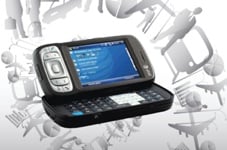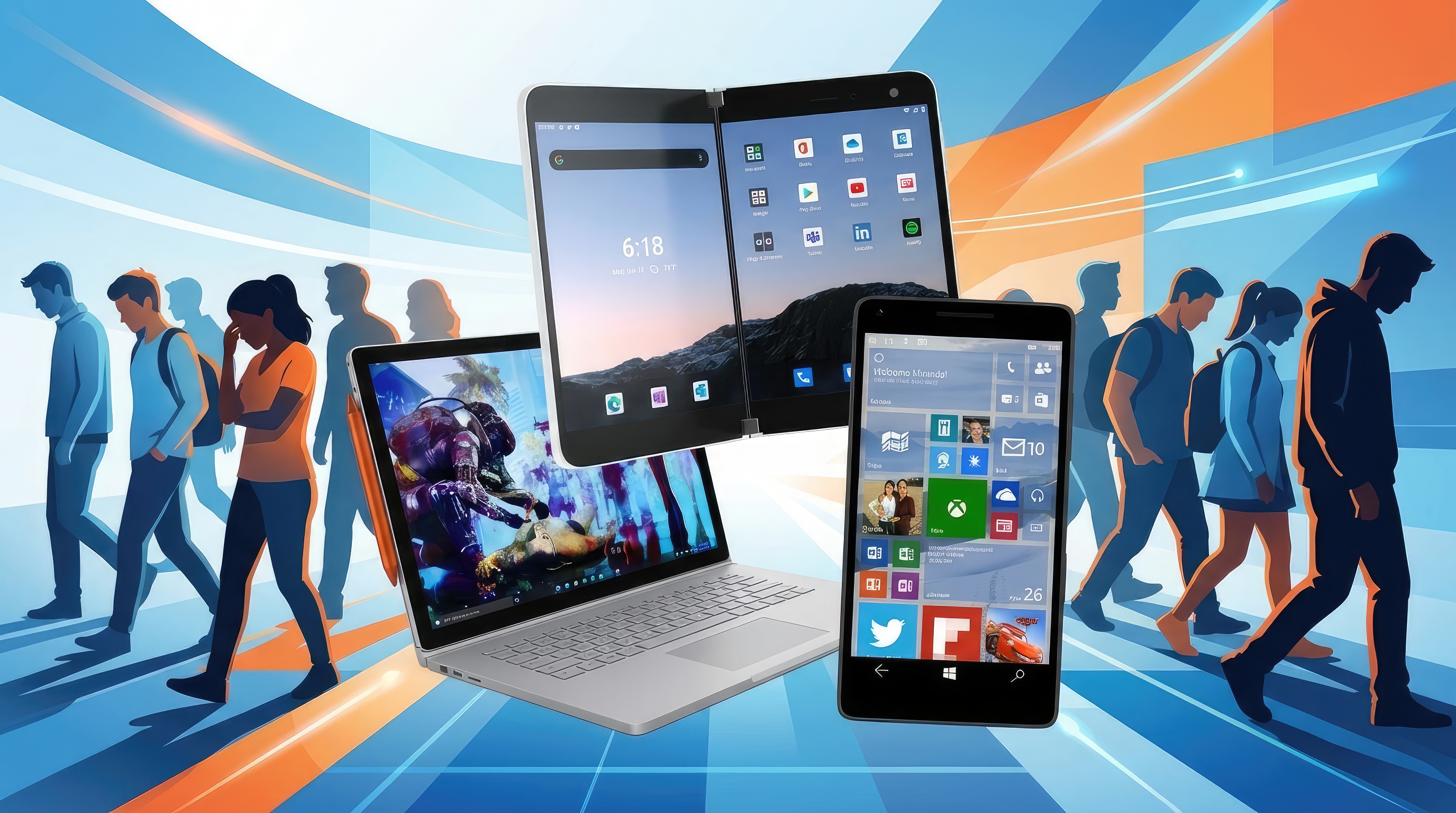HTC Promises Software Fix for Video Issues


It turns out that the email we reported on last week by HTC CEO Peter Chou was, in fact, accurate. HTC does indeed have a fix they're currently testing for beleaguered video lovers with HTC devices.
Brighthand is reporting that HTC has released a statement confirming that they have a software fix that “dramatically” improves performance, one they hope to release soon.
The fix isn't a video driver - that would, as we gathered from our insider Q&A, be a massive undertaking involving (we suspect) nearly as much work as just flat-out making a new device. It's not ideal (as HTCClassAction.org fully explains), but maybe it's enough to tide us over. Maybe?
Here's the statement:
Some of our top engineers have investigated video performance on our devices and have discovered a fix that they claim will dramatically improve performance for common on-screen tasks like scrolling and the like. The update is in testing and we hope to release it soon.However this fix is not a new video driver to utilize hardware acceleration; it is a software optimization. Video drivers are a much more complicated issue that involves companies and engineers beyond HTC alone. We do not want to lead anyone to believe they should expect these.
After the break (because we somehow managed to not post it when Engadget originally reported it back on January 25th), HTC's original, official statement on the issue.
HTC does plan to offer software upgrades that will increase feature functionality, over the air wireless speeds, and other enhancements for some of the phones being criticized, but we do not anticipate including any additional support for the video issues cited in customer complaints. It is important for customers to understand that bringing this functionality to market is not a trivial driver update and requires extensive software development and time.HTC will utilize hardware video acceleration like the ATI Imageon in many upcoming products. Our users have made it clear that they expect our products to offer an improved visual experience, and we have included this feedback into planning and development of future products.“To address lingering questions about HTC's current MSM 7xxx devices, it is important to establish that a chipset like an MSM7xxx is a platform with a vast multitude of features that enable a wide range of devices with varied functionality. It is common that devices built on platforms like Qualcomm's will not enable every feature or function.In addition to making sure the required hardware is present, unlocking extended capabilities of chipsets like the MSM 7xxx requires in-depth and time consuming software development, complicated licensing negotiations, potential intellectual property negotiations, added licensing fees, and in the case of devices that are sold through operators, the desire of the operator to include the additional functionality. To make an informed decision about which handset suits them best, consumers should look at the product specification itself instead of using the underlying chipset specifications to define what the product could potentially become.
All the latest news, reviews, and guides for Windows and Xbox diehards.

Home to the most invested and passionate Microsoft fans, Windows Central is the next generation destination for news, reviews, advice and buying recommendations on the Windows, PC and Xbox ecosystems, following all products, apps, software, AI advancements, and accessories. We've been around for more than decade, and we take our jobs seriously. Windows Central writers and editors value accuracy and editorial independence in everything we do, never receiving compensation for coverage and never pulling punches.
